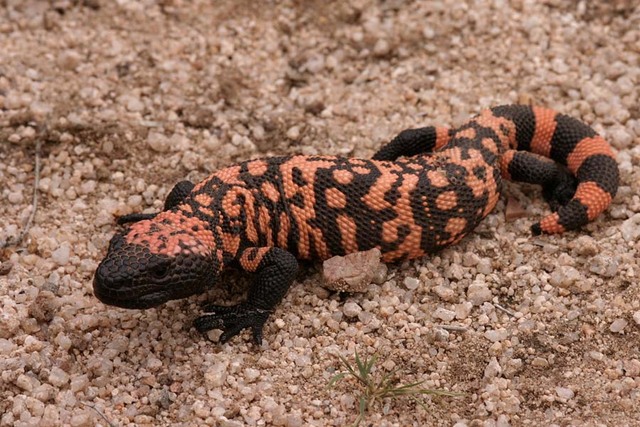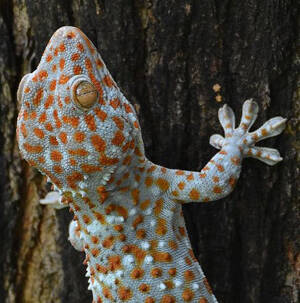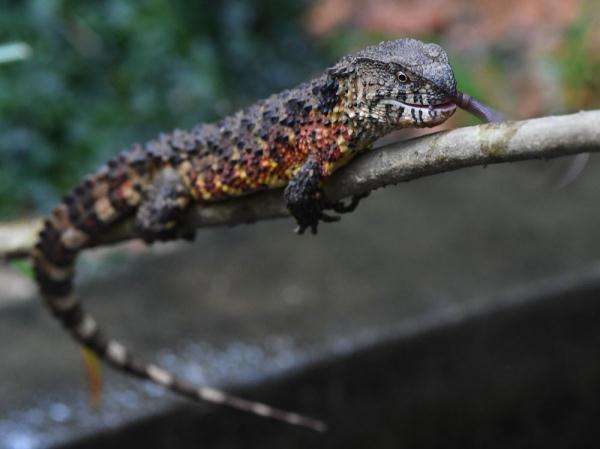Teratoscincus roborowskii
IUCN
LCBasic Information
Scientific classification
- name:Teratoscincus roborowskii
- Scientific Name:Teratoscincus roborowskii
- Outline:Lizardia
- Family:
Vital signs
- length:
- Weight:
- lifetime:
Feature
The whole body is covered with large scales.
Distribution and Habitat
It is endemic to China. It is found only in Xinjiang. Turpan sand tiger mostly chose the sandy area within 0m-20m distance from the plant and 30cm thickness of loose soil layer to build burrows.
Appearance
The limbs, body, and tail are covered with large scales. There is also a larger row of disc-shaped scales on the back of the tail. The color of the body is mainly light brown, and mixed with black stripes or intermittent band markings.
Details
The Turpan sand tiger is nocturnal, inhabits desert or semi-desert areas, and usually hides in 80cm deep burrows dug by itself during the day. Each embryo can produce 2 eggs, which can hatch into 60mm larvae after 75-95 days. During the whole activity period, the daily activity rhythm of Turpan Sand tiger showed unimodal pattern. There were seasonal changes in the activity rhythm of Turpan sand tiger. The wind and sand weather delayed the movement time of Turpan sand tiger. Rainy weather prolonged the peak duration of activity rhythm of Turpan sand tiger. The activity rhythm of adult Turpan Sand tiger in autumn was different, and the peak duration and intensity of adult activity were smaller than that of the young.
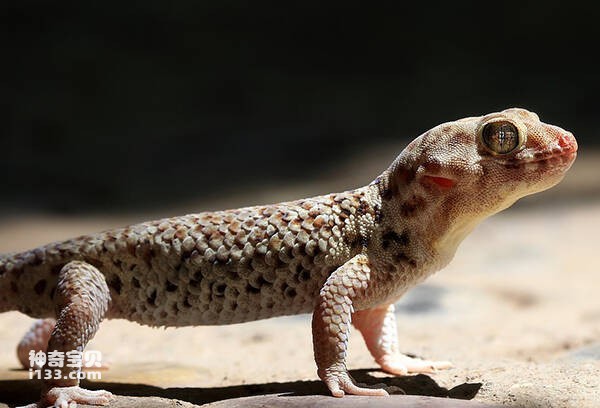
The feeding habits of Turpan sand Tiger were studied by means of the analysis of relics. The results showed that: in April and May, Turpan Sand tiger fed on animal food, mainly small arthropods; From June to September, they are omnivorous, mainly eating arthropods and capers. The type and amount of food varies from month to month. The overlap of feeding niche of adult and juvenile was higher, while the feeding niche of adult was wider.
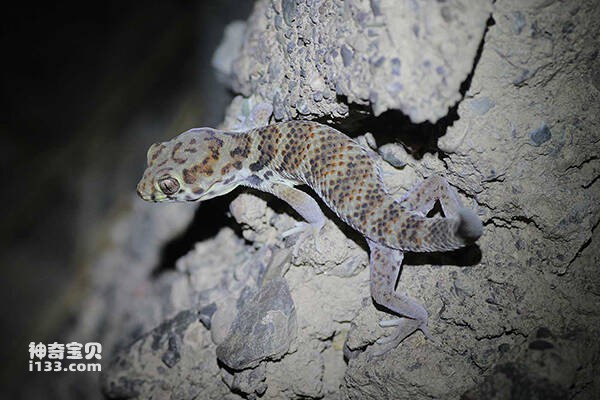
Listed on the International Union for Conservation of Nature (IUCN) 2013 Red List of Threatened Species ver3.1 - Threatened (NT).
Listed in the China Biodiversity Red List - Vertebrates volume, the assessment level is vulnerable (VU).
It is listed in the second level of the List of China's National Key Protected Wildlife.
Note: Illegal killing of wildlife protected by the state will be punished by the criminal law.

